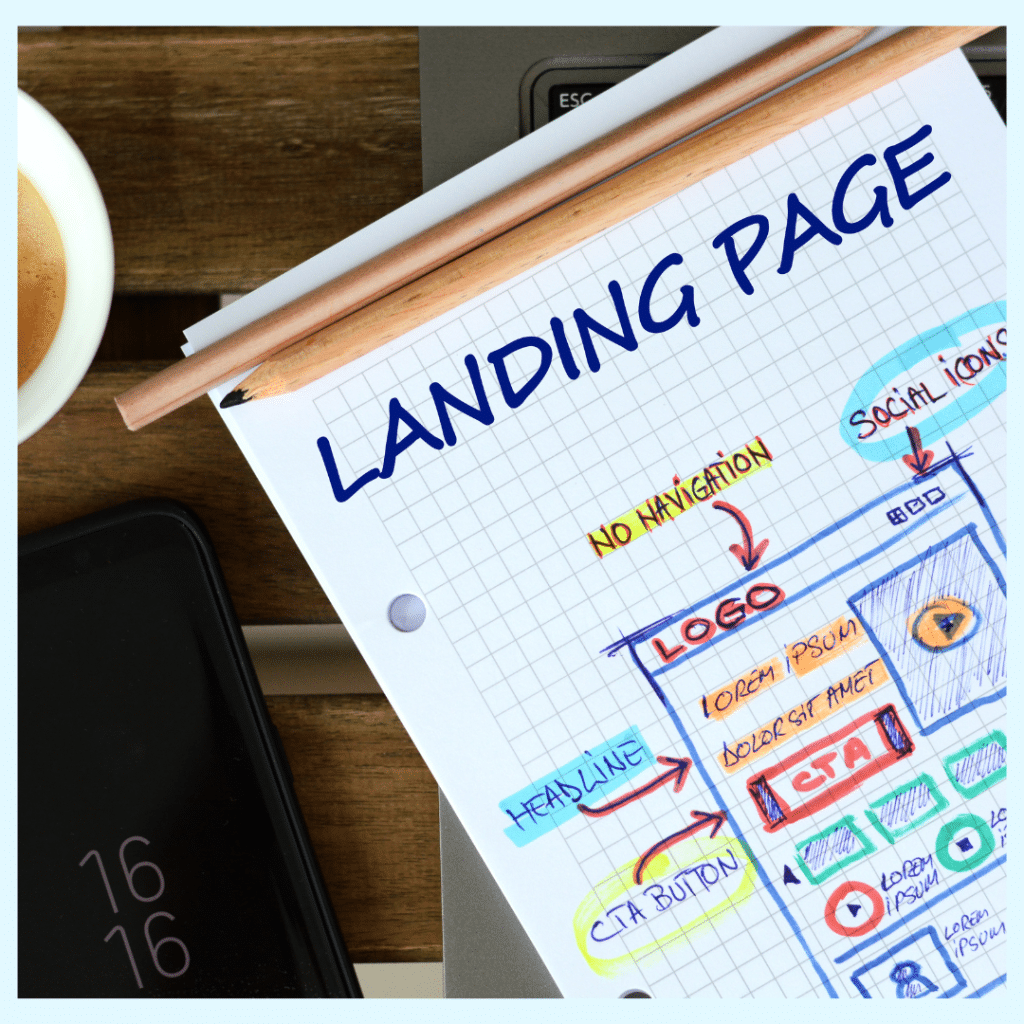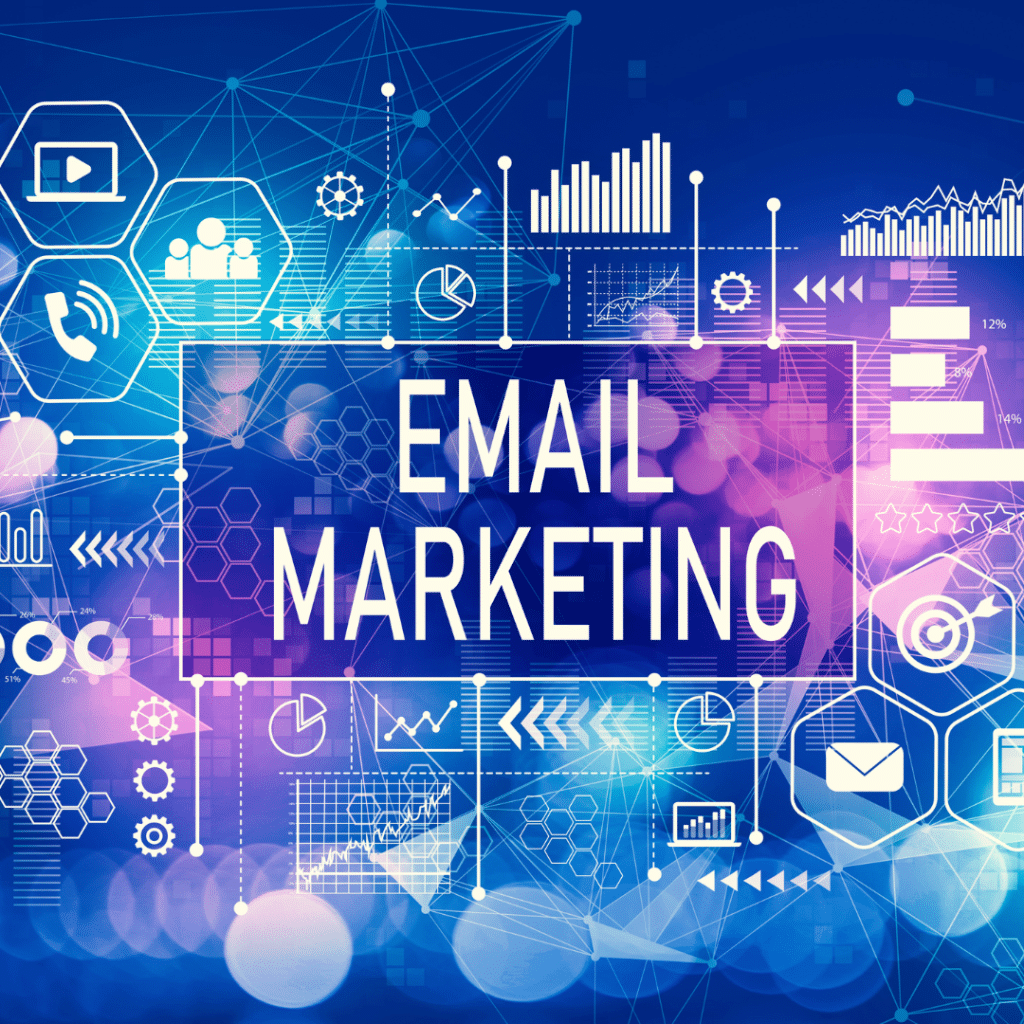Have you ever wondered how to make your business more successful? Last week, we began looking at strategies for business growth. Today, we continue that exploration. The world of entrepreneurship is bustling and constant change is the only rule.

Understanding how to fuel your business’s growth becomes a necessity. The principles of growth remain applicable no matter where you are in your business. This isn’t about reinventing the wheel but rather, learning to roll it in the right direction.
Business Growth Strategy 6: Landing Pages
Landing pages are pivotal entry points of your sales funnel. They form first impressions and start conversion paths. A well-designed landing page can enhance your sales funnel’s effectiveness. This can lead to higher conversion rates and better customer acquisition.

Designing for Optimal User Experience
- Clarity and Simplicity: Design your landing pages to be clear and easy to navigate. Avoid clutter. Focus on delivering a straightforward message that resonates with your target audience.
- Headlines and Copy. Use headlines that grab attention and communicate the value proposition. The copy should be persuasive, concise, and aligned with your visitors’ interests.
- Visual Elements: Incorporate high-quality images. Or use videos that complement your message and engage the viewer. Visuals should be relevant and help illustrate the benefits of your offering.
- Call-to-Action (CTA): Your CTA should be displayed and compelling. It must clearly state what the visitor will get by clicking it. It could be a free trial, a webinar sign-up, or a product purchase.
Optimizing for Conversions
- Loading Speed: Ensure that your landing pages load quickly. Slow loading times can lead to high bounce rates. Use tools like Google Page Speed Insights to identify and fix any issues.
- More people use mobile devices now. Make sure landing pages are optimized for mobile responsiveness. They should look good and function well on all screen sizes.
- Include elements that build trust. For example, customer testimonials, trust badges, and security seals. This is especially important when asking for personal or financial information.
Use A/B Testing for Continuous Improvement
Regular A/B testing is essential in refining your landing pages. It maximizes their effectiveness.

Conducting A/B Tests
- Test One Element at a Time: Whether it’s the headline, CTA, or a visual element, change and test one thing at a time. This helps you understand what impacts conversion rates.
- Gather Data: Run your tests for a long enough period to gather significant data. This ensures that your decisions are based on reliable information.
- Analyze Results: Use analytics to compare the performance of different versions. Look for differences in conversion rates, time on page, and other relevant metrics.
Learning and Adapting from Test Results
- Implementing Changes. Based on test results, install changes that have shown to improve conversions. This could involve altering the layout, content, or design elements.
- Continuous Testing Cycle: View A/B testing proving your landing pages. It is as an ongoing process, not a one-time event. Keep experimenting with new ideas to keep improving.
Success Strategies for Business Growth Part 2
Business Growth Strategy 7: Email Marketing
Email marketing is a potent tool in the digital marketer’s arsenal. It offers a direct and personalized way to communicate with leads and customers. Nurturing leads into loyal customers, email marketing plays a pivotal role. It helps businesses maintain engagement, build relationships, and drive conversions.

Personalized Campaigns: The Key to Relevance and Connection
- Segmentation. Divide your email list into different segments. Use criteria like demographics, purchase history, and engagement level. This allows for more targeted and relevant messaging.
- Tailored Content: Craft email content that speaks to the needs and interests of each segment. Personalization can include the recipient’s name. It can also recommend products based on past purchases.
- Behavior-triggered Emails: Send emails triggered by specific actions. Examples: a welcome email for new subscribers or a follow-up email after a sale. These timely messages can boost engagement and customer satisfaction.
Leveraging Automation Tools for Efficiency and Effectiveness
- Automation Software: Use email marketing automation tools t to streamline your email campaigns. These tools can automate the sending of emails. They do this based on predefined triggers and schedules.
- Drip Campaigns: Uset drip email campaigns. A series of emails are sent out at specific intervals or based on user actions. Drip campaigns are effective in moving leads down the sales funnel.
- Analytics and Tracking: Use the analytics to track open rates, click-through rates, and conversions. This data helps refine your email strategies and improve your campaigns’ effectiveness.
Best Practices for Successful Email Marketing
- Engaging Subject Lines: Create compelling and curiosity-inducing subject lines to improve open rates. The subject line is often the deciding factor in whether an email is opened or ignored.
- Optimize Emails: Ensure that you optimize your emails for mobile devices. Many users check their emails on smartphones. Emails that don’t render well on mobile are likely to be deleted.
- Clear and Compelling CTAs: Include clear calls-to-action in your emails. Whether it’s to read a blog post, check out a sale, or use a coupon, make sure your CTA is obvious and enticing.
- Respectful Frequency: Be mindful of the frequency of your emails. Overloading inboxes can lead to high unsubscribe rates. Too infrequent contact might lead to lost engagement.
Business Growth Strategy 8: Customer Service and Loyalty
Cultivating customer loyalty is not just beneficial; it’s essential for long-term business growth. Think of innovative ways to contribute to retaining customers and encouraging repeat business. This is often more cost-effective than acquiring new customers.

Design Rewards Programs
- Reward Systems: Develop a customer loyalty program that incentivizes repeat purchases or engagements. This could be a points system. Customers earn points for each purchase. They can redeem points for discounts, special offers, or exclusive products.
- Membership Program: Consider offering a membership program with free or low cost memberships. Members get early access to paid products. These members could be your VIP customers. They receive products and trainings at a discount. The customer feedback could be very valuable in continuing to meet customers’ needs.
- Freebies: Many content creators offer occasional freebies to their customers. They do this to encourage customer retention. You could also offer freebies as an introduction to a new product line.
Business growth is an ongoing journey. It involves looking ahead, seizing opportunities, and adapting to change. All while staying true to the brand’s foundational principles. It’s a delicate yet dynamic dance between innovation and tradition.

We have covered a lot of strategies for growing your business between last week and today. We are all working on one area or another much of the time. So look at your business and assess where you are. Then take some of these ideas and implement. Which ideas resonated with you? Where do you need more information? Drop a comment or email me at hello@creativeplr.com
